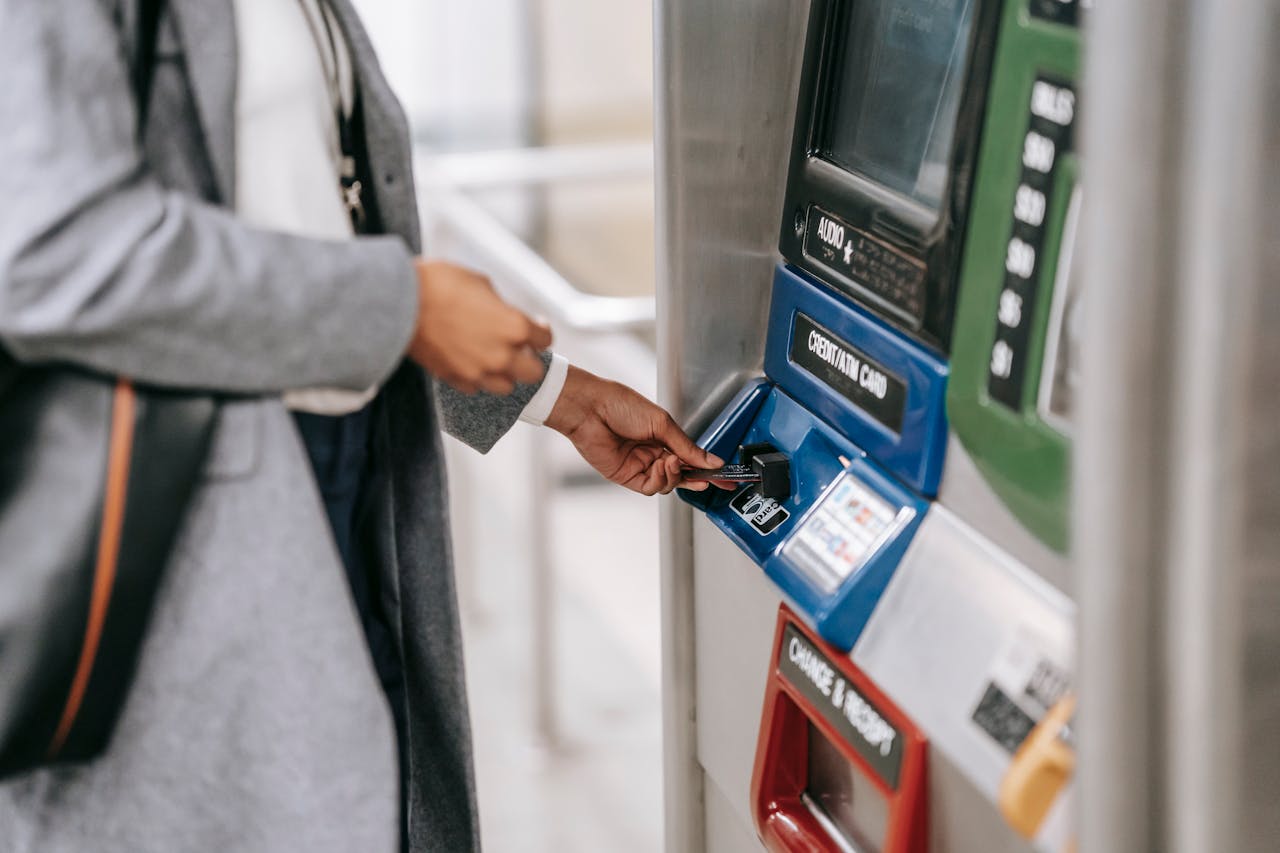

According to reports from 2020, micro, small and medium enterprises or MSMEs account for 99.5% of business enterprises in the Philippines. This sector also accounts for 60% of jobs in the country. As the world transitions to post-COVID-19 pandemic economic recovery, the United Nations cites MSMEs in the Philippines as one of the key factors to the country’s economic growth.
With the increasing internet penetration and e-commerce growth in the country, it is important for MSMEs to adopt new business innovations in the Philippines. E-commerce continues to enjoy robust growth in the country, making it more crucial for strengthening digitalization for MSMEs.
How can MSMEs in the Philippines benefit from digital transformation? We look at the ways that these enterprises can keep up with the digital-first lifestyle of Philippine consumers, and how MSMEs can grow amidst rapid technological advancements in the region.

In the last few years, MSMEs in the Philippines have innovated their processes, despite not having as many resources and manpower as large companies. From 73rd in 2018, the country now ranks 59th out of 132 countries in the Global Innovation Index (GII), with MSMEs influencing the push for digitalization of businesses in the Philippines.
According to Growing the Philippines’ MSMEs Through E-Commerce, only 6% of MSMEs in the Philippines have advanced digital tools for their businesses. 23% still don’t have any digital tools adopted. There is plenty of growth for these enterprises when they adopt smart innovations, especially since they have an advantage over large companies in entering the e-commerce space.
With the Philippines’ e-commerce sector expected to reach a gross merchandise value (GMV) of 15 billion USD in 2025. MSMEs that are nimbler in adopting and implementing digitization efforts for their businesses will be able to leverage this growth and gain a competitive advantage.
Implementing business innovations for MSMEs in the Philippines will allow these businesses to create more efficient operational processes, which will also help them adapt to consumer behaviors that tend to lean toward online purchases.
By using smart technologies such as big data and cloud computing, MSMEs can gain insights on their business processes and where they can enhance efficiency in order to cut costs and properly allocate resources. Investing in e-commerce channels will also allow these businesses to widen their consumer base beyond their usual market.
Public-private partnerships will also help accelerate the digitalization of MSMEs in the Philippines. Collaboration between mandated government institutions as well as service providers in the telecommunications and technology sectors will allow for greater opportunities for the digital transformation of MSMEs.
Government assistance in the form of digital literacy courses from the Department of Information and Technology, as well as support through the digital transformation checklist from the Department of Trade and Industry, will help microentrepreneurs realize their potential and explore the e-commerce space on their own.
Initiatives from other sectors, especially local startups, can also help the country’s MSMEs stay ahead of the curve. Driving further growth in the e-commerce, logistics, and fintech spaces will make it easier to embrace business innovations in the Philippines.

Leading the Charge: Major Players in SEA’s Digital Lending Market
The fintech lending market in SEA is poised for substantial growth, including digital lending which is set to surpass digital payments as the primary revenue driver for the region's digital financial services sector by 2025, with a compound annual growth rate (CAGR) of 33%. This growth is fueled by the widespread adoption of automated loan origination processes and the seamless integration of financial services into digital platforms.

Unlocking Opportunities in the SEA Digital Financial Services Landscape
In recent years, Southeast Asia (SEA) has emerged as a hotbed for fintech innovation, transforming the financial landscape across its diverse markets. This transformation is characterized by a surge in digital financial services (DFS), revolutionizing how individuals and businesses manage their finances. However, the journey is not without its challenges, and understanding these is crucial for stakeholders aiming to navigate this rapidly evolving sector.

How SEA Startups are Navigating Funding Challenges
The startup ecosystem in Southeast Asia (SEA) has long been a vibrant hub for innovation and growth. However, recent global economic shifts and the aftermath of the COVID-19 pandemic have ushered in a new era of funding challenges.

Challenges for Sustainable Recovery in Southeast Asia
Sustainable recovery in Southeast Asia faces numerous challenges, yet also presents significant opportunities for green growth. Addressing sustainable issues is crucial for achieving a resilient and sustainable future.